The monsoon season in India is the best time to sit back and enjoy. The fresh smell of petrichor along with drizzling water gives a soothing effect to your mind and body after the hot summer days. Not only on us, but mother nature also showers freshness on plants. The plants look greener than ever, the rainwater using its superpowers yield advantages to a plant that tap water cannot.
The monsoon season is just around the corner, all the gardeners are looking forward to planting new varieties of plants in the rainy season. But do you know which vegetable seeds you should grow this rainy season? We all have made a mistake of sowing the wrong seeds at the wrong time. Some plants require a certain environment to thrive, temperature level, humidity, soil PH level, all these factors play an important role in the growth of the plants. The seedlings might require special care to cope up with the high humidity. Extreme fluctuation in temperature can be detrimental to the plants that you are planning to grow. Therefore, it is important to know which season is compatible with what type of plants.
Here’s a list of vegetables that you can grow in the rainy season:
- Cucumber
- Tomato
- Radish
- Beans
- Green Chillies
- Brinjal
- Okra
1. Cucumber

Cucumber is an easy-to-grow vegetable that loves water and sun, cucumbers grow in a snap as they receive constant watering and warmth. It can easily thrive in a small space because of its climbing abilities. Cucumbers are perfect for your salads, they also make a great filling for your sandwiches. Here’s how to grow cucumbers:
Pick a spot that receives an ample amount of sunlight. Cucumbers grow well in the soil which is moist and well-drained. Plant the cucumber seeds about 1 inch deep and 2-3 inches apart in a row. If you have limited space or you want to grow cucumber vines then support it with a trellis. Trellising will also protect the fruit from being damaged by lying on the moist ground. The ideal temperature for cucumbers to grow is 16-32° C.
2. Tomato

Tomatoes are super easy to grow, they are versatile in the kitchen and there’s nothing better than homegrown juicy tomatoes. The ideal time to grow tomatoes during the rainy season in North India is between June-Aug and South India is Jul-Aug. Tomatoes are sun lovers but they need well-drained soil to thrive. Here’s our guide on how to grow tomatoes:
Select a site that receives 5-6 hours of direct sunlight. Plant the tomato seeds in well-drained soil about 1/4th inches deep and 3-4 inches away from one another. Feed the soil with a regular dose of organic fertilizers. The seedlings will start appearing in 10-14 days of sowing. The ideal temperature required for the germination of tomato seeds ranges between 21 to 27℃. The perfect tomato for picking will be quite firm and bright red in color, regardless of size, with perhaps some yellow spots remaining around the stem area. Tomatoes are available in a wide variety of sizes, from tiny grape-sized types to giant orange-sized. Growing tomatoes on your own will bring you fresh ingredients for your soups, salads, sandwiches, and more.
3. Radish

This easy-to-grow root vegetable gets ready to be harvested within three weeks after planting. Therefore, it can be planted multiple times in the growing season. The peppery flavour of radishes adds a kick to salads and soups, and this plant takes up very little space to grow. The ideal time to grow radishes in India is between August to January. Learn more about the best August vegetables to grow.
Here’s how to grow them in your garden:
Pick a spot that receives sun with partial shade, plant the seeds in loose and well-drained soil. Before you begin to plant the seeds, remove any rocks from the soil allowing the radish to grow properly. Plant the seeds about ½ inch deep and 2 inches apart. Rows should be planted about 1 foot apart. A typical radish will germinate in about 5 days and is ready for harvest in 35 to 40of planting. Pluck them and enjoy the fresh produce.
4. Beans

Beans are very easy to plant, maintain, and harvest, making them a great plant for beginners to grow in their gardens. Beans are very nutritious and productive, all the more reason to add them to your gardens. The ideal time to grow beans in India in the monsoon season is between July to August. Beans take very limited space to grow, here’s how to grow these greens:
Beans are able to thrive in both sun and shade making them flexible to grow. Choose a spot with most or partial sunlight to plant your seeds. Beans are one of those few plants that should be directly planted in your gardens and not transplanted. This is because beans have a very delicate root structure that can be easily damaged during the process of transplantation. Therefore, you should always sow them directly into the ground. Plant the seeds at least 3 inches away from each other and about one inch deep. Cover it properly with the soil and water it regularly. Your beans should be ready to harvest in 1-2 months of planting. Enjoy the little green nutritious beans in your soups, dishes, and more.
5. Green Chillies

Monsoon season is the best season to spice up your dishes as it is to grow green chilies! Indian food tastes incomplete until you spice it up with the hot green chilies and the best part is that you can grow these chilies easily at home. Green chilies grow perfectly in humid and warm weather. Here’s how to grow green chilies at home:
Pick a sunny spot with partial shade to grow your chilies. Growing chilies in small containers are even easier than growing them in your garden. Pick a container that is about 3-4 inches deep with proper drainage holes. Take good quality seeds and plant them in the pot about 1 inch deep. Place the pot in a place that receives around 5-6 hours of daily sunlight. With constant care and watering your chilies will be ready to harvest within 50-60 days of sowing.
6. Brinjal

Brinjal aka eggplants are rich in iron, calcium, and fiber. It is a staple part of many cuisines in the world and is a part of many famous dishes. This versatile plant is very healthy and can be prepared in many ways. It is very easy to grow these plants in your garden and here’s how to grow them:
Pick a big spot as they need a great deal of space to thrive in comparison to the other plants. A sunny spot with moist soil is the key to keep your eggplants happy. The seeds can be directly down into your gardens. Plant the seed about 1 centimeter deep and spaced about 15 centimeters from one another. Water your plants regularly and the seeds will start to germinate within 2-3 weeks. Other than the basic sun and water, eggplants don’t require extra nutrients and feeding. Your Brinjals should be ready for pickings after 1-2 months of planting.
So regardless of whether you are in the mood for Indian, Chinese, Italian, your homegrown Brinjals can steal the show.
7. Okra / Bhindi / Lady Finger

This easy-to-grow plant is rich in vitamin A and low in calories. It is not only a great addition to your diet but also looks lovely throughout the growing season due to its beautiful flowers. Here’s how to grow these greens in your gardens:
Okra prefers full sun, so choose a sunny spot to plant your seeds. Plant the seeds about ½ to 1 inch deep and 12-18 inches apart in a row. Soak the seeds overnight in the lukewarm water to speed up the process of germination. Keep the plants well-watered throughout the growing period. The first harvest will be ready after 2 months of planting the seeds, harvest the bhindi when it is about 2 to 3 inches tall. Pick these fresh Bhindis and enjoy them raw, pickled, or stir-fried.
8. Gourds

Gourds come in many species, each with its unique shape, colour, and size. These greens are easy to grow and they don’t need much attention. Here’s how to go about growing gourds:
Pick the variety you want to grow, sow the seeds 1-2 inches deep in a group of 3-4 seeds, spaced 4-5 feet apart from one another. Gourds grow well on supports or trellis, keeping the fruits from touching the ground. These plants grow quickly on a trellis or other wall supports. Harvest small grouds as they start getting their colour and mature. Pick them and enjoy these greens in your nutrition-packed dishes.
| Sr. No. | Vegetables | Growing Period (North-India Monsoon) | Growing Period (South-India Monsoon) | Ideal Temperature | Sowing Method | Sowing Depth | Sowing Distance | Harvesting Period | Product Link |
|---|---|---|---|---|---|---|---|---|---|
| 1 | Cucumber | Jun-Jul | Jun-Jul | 60-95° F 16-32° C |
Direct | 1 inch | 2-3 inches | 50-70 days | Cucumber |
| 2 | Tomato | Jun- Aug | Jun-Jul | 70-95° F 20-30° C |
Transplant | ¼ inch | 3-4 inches | 110-150 days | Tomato |
| 3 | Green Chillies | Aug-Sep | Aug-Nov | 70-85° F 30-32° C |
Direct | 1 inch | 3-4 inches | 50-60 days | Green Chillies |
| 4 | Brinjal | Mid-June | Jun-Jul | 55-60° F 13-21° C |
Direct | 1 inch | 4-5 inches | 50-60 days | Brinjal |
| 5 | Radish | Aug-Jan | Jun-Jul | 45-90° F 10-30° C |
Direct | ½ inch | 2-3 inches | 20-28 days | Radish |
| 6 | Beans | Jul-Aug | Jun-Jul | 50-70° F 10-20° F |
Direct | 1 inch | 3 inches | 35-50 Days | Beans |
| 7 | Okra | Jun-Jul | May-Jun | 60-75° F 20-32° C |
Direct | 1 inch | 10-12 inches | 50-60 days | Okra |
| 8 | Gourds | Jun-Jul | Jun-Jul | 60-70° F 20-32° C |
Direct | 1-2 inches | 2-3 feet | 50-60 days | Gourds |
The monsoon season is almost here! So start your own gardening journey by grabbing high-quality, heirloom seeds from AllThatGrows today!


 Sign In
Sign In


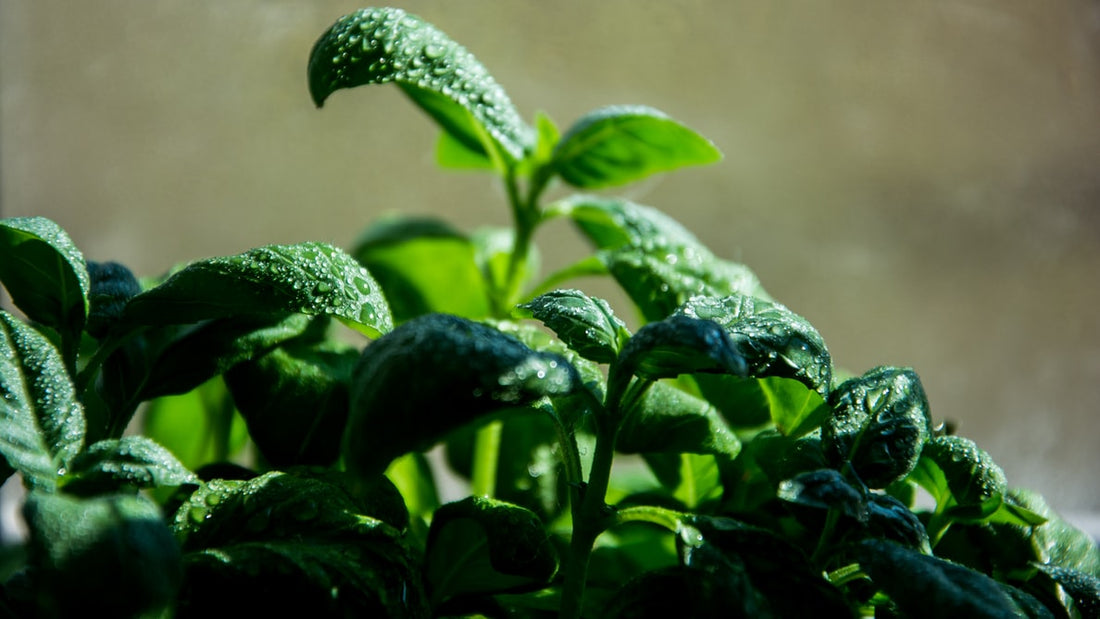
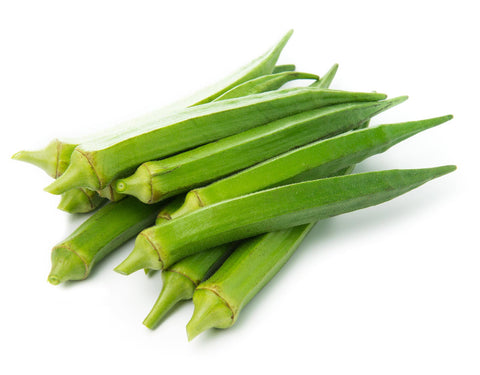
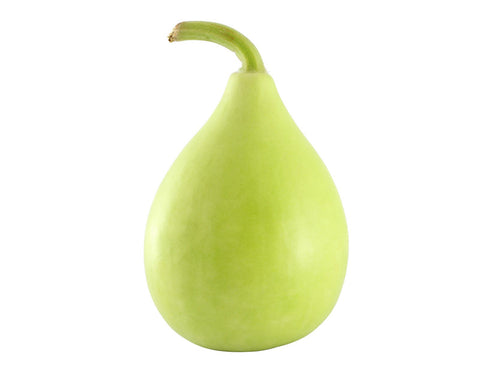
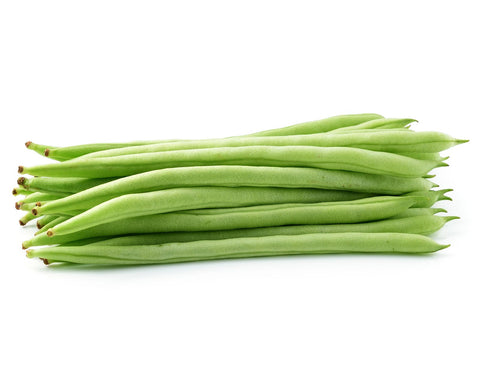
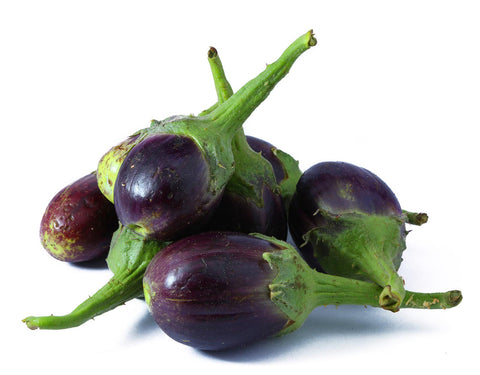
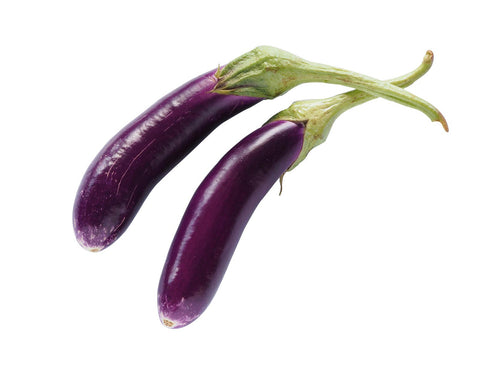
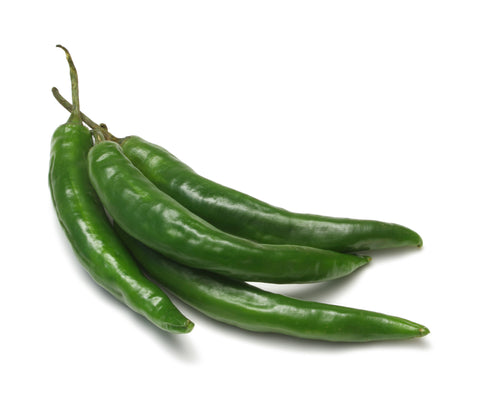
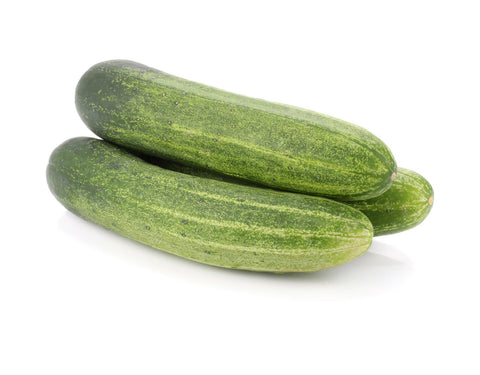
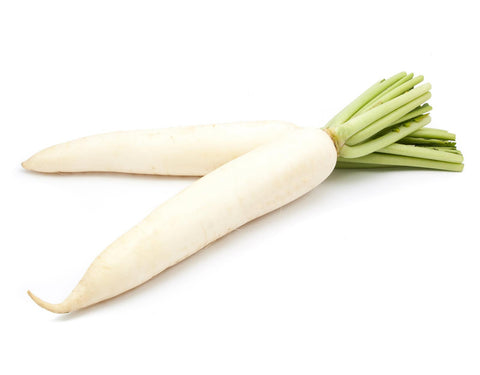
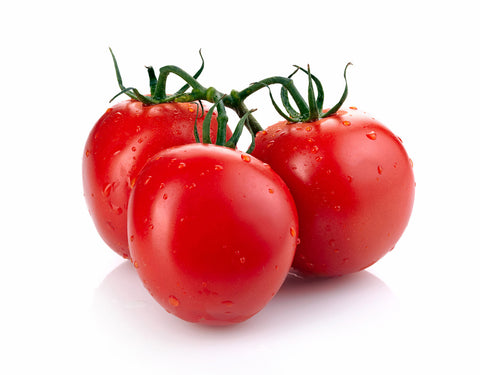
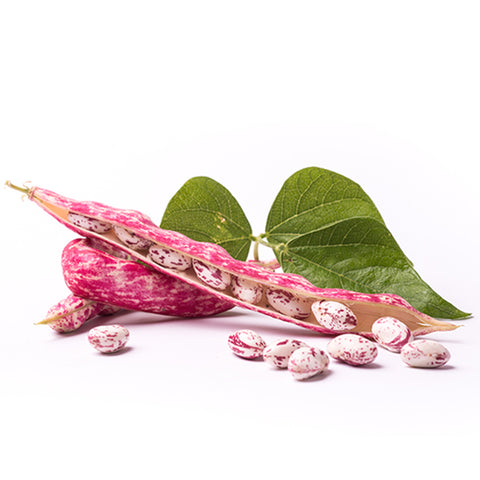






Let us know your feedback
* Comments must be approved before being displayed.